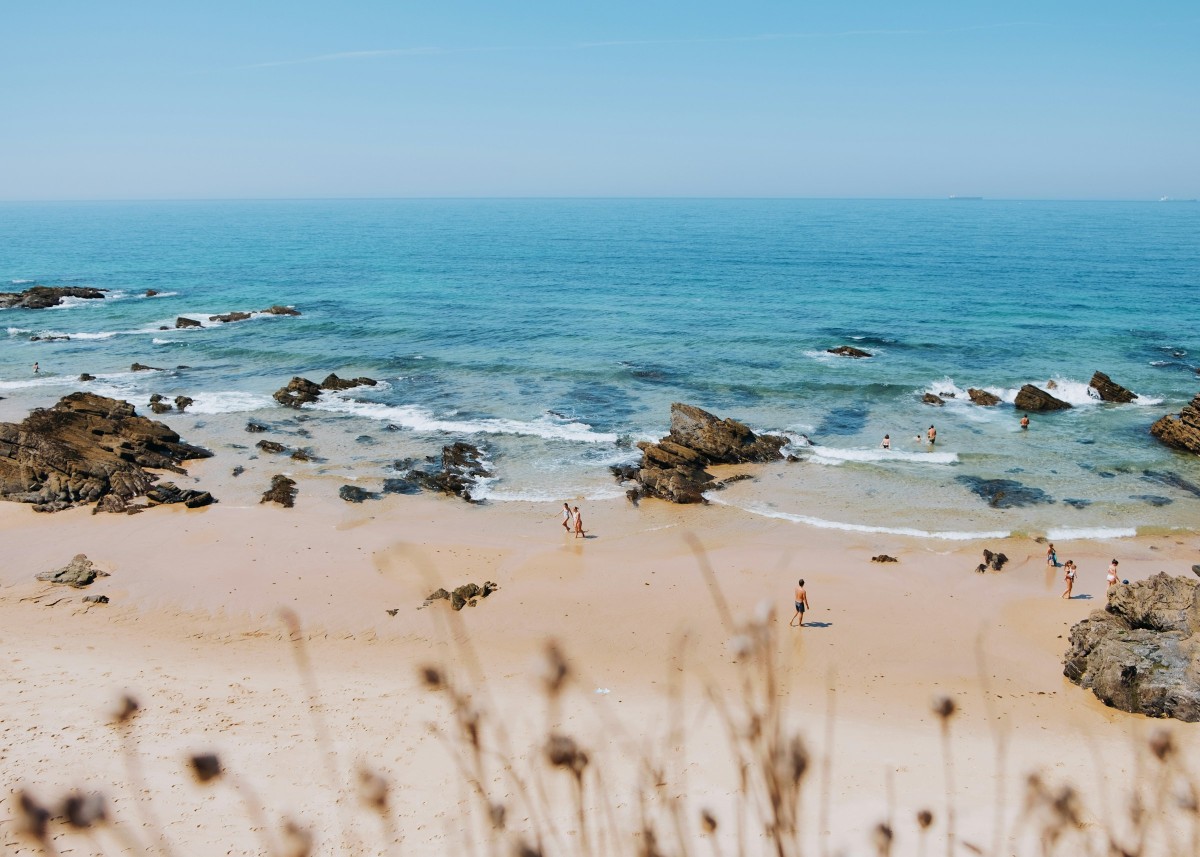
As summer begins to take hold, Portugal in June offers mild, welcoming weather — ideal for exploring the country before the intense heat of the peak season sets in. The beaches are starting to come alive, but without the summer crowds, giving you the chance to enjoy peaceful moments by the sea.
June also brings a rich mix of cultural and natural experiences across the country, with festivals, fairs and local events celebrating Portuguese traditions. Discover the best things to do in Portugal in June 2025.
Nature destinations in Portugal
If you're wondering where to go on holiday in Portugal this June and have a special appreciation for the great outdoors, there are plenty of fantastic options to explore. Early summer is the perfect time to enjoy the country’s natural beauty, with pleasant temperatures and blooming landscapes.
Costa Vicentina
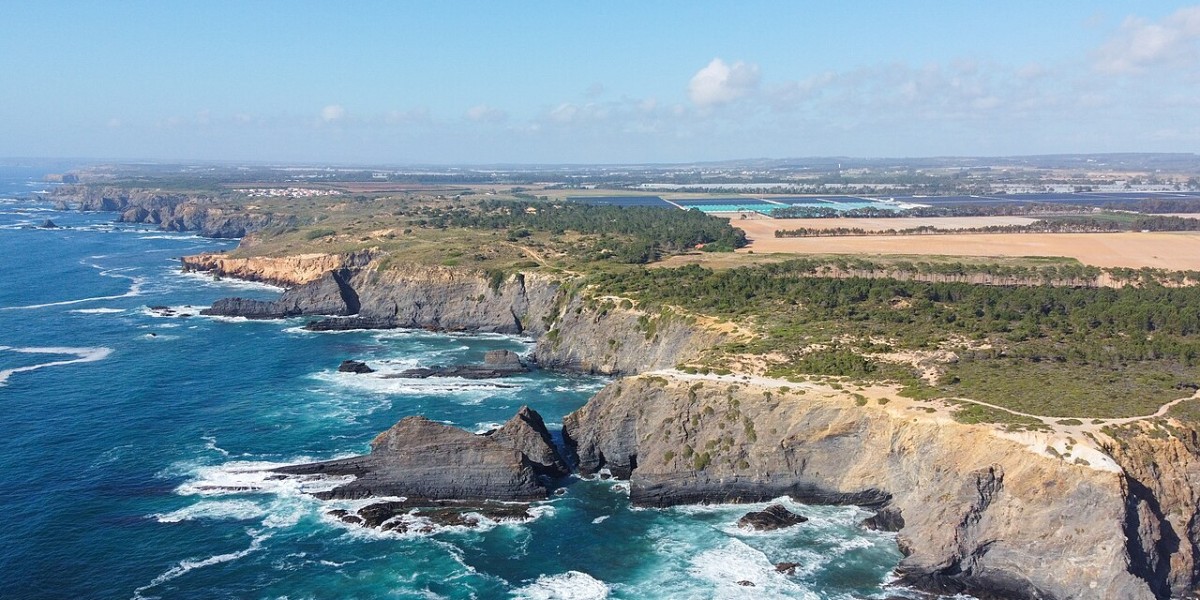
June is one of the best times to explore the Costa Vicentina, with mild weather and long days that are perfect for outdoor activities. The region’s beaches — such as Praia da Bordeira and Praia do Amado — are ideal for surfing and bodyboarding, offering consistent waves and surf schools for beginners. For nature lovers, the Rota Vicentina features well-marked trails that wind along cliffs, beaches and unspoilt landscapes. Birdwatching is also a popular activity, especially in the protected areas of the Southwest Alentejo and Vicentine Coast Natural Park.
The region is rich not only in natural beauty but also in culture and cuisine. Charming towns like Aljezur and Vila do Bispo host local markets and traditional festivals, giving visitors a taste of authentic Portuguese life. The local gastronomy focuses on fresh fish and seafood, with specialities such as cataplana and freshly grilled fish served by the sea.
Gerês
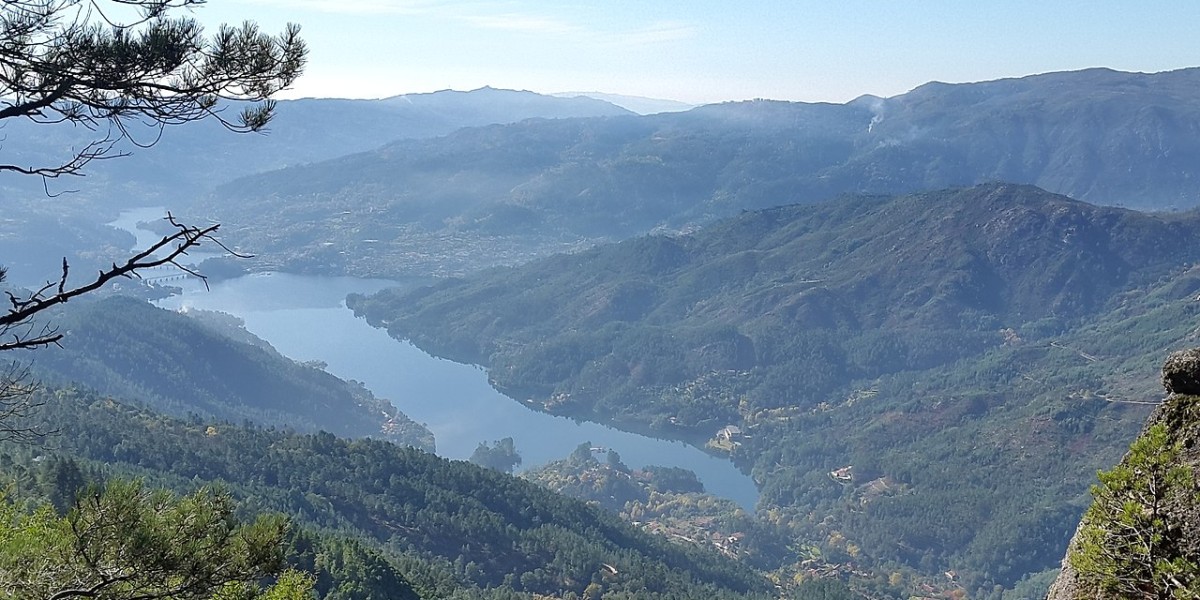
June is also an excellent time to explore Peneda-Gerês National Park, when the landscapes are lush and the waterfalls — such as Cascata do Arado and Cascata da Portela do Homem — offer the perfect setting for walks and moments of relaxation. Hiking trails like the Mata da Albergaria route are well signposted and take you through ancient forests, offering the chance to spot local wildlife and native plant species. For the more adventurous, activities such as canyoning and horse riding provide unique ways to connect with nature.
Visiting historic villages such as Lindoso and Soajo allows you to discover traditional architecture, including the region’s iconic espigueiros (stone granaries) and medieval castles. And for those looking to unwind, the Gerês Thermal Spa offers a range of treatments and wellness programmes — perfect for recharging after a day of exploration.
Douro
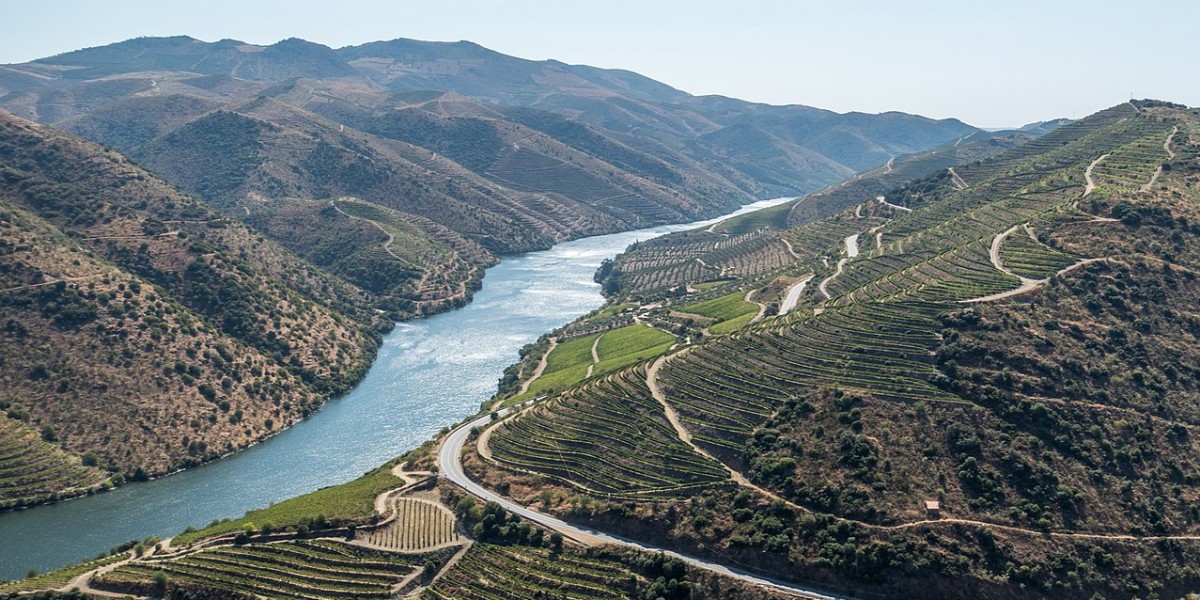
One of the unmissable experiences in the Douro Valley is a boat trip along the Douro River, where you can admire the breathtaking scenery of terraced vineyards that line the hillsides. Another charming option is to take the Douro Historical Train, which runs between Régua and the Tua River — offering a nostalgic journey with panoramic views over the valley. Visiting century-old wine estates to taste the world-famous Port wine and learn about its traditional production methods is also a must.
For culture enthusiasts, the Douro Museum in Peso da Régua showcases exhibitions on the region’s rich history and winemaking heritage. Local gastronomy is another highlight, with traditional dishes such as roast kid (cabrito assado) and grilled codfish (bacalhau na brasa), which can be enjoyed at local restaurants or as part of curated food and wine experiences at the estates.
- Property for sale in the Douro region
- Property for rent in the Douro region
- Holiday rentals in the Douro region
Portuguese cities rich in history and culture
June is an ideal month to visit Portuguese cities steeped in history and vibrant cultural life. As summer begins and the weather remains pleasantly mild, cities like Guimarães, Tomar and Viseu invite you to step back in time through cobbled streets, ancient monuments and fascinating museums.
Guimarães
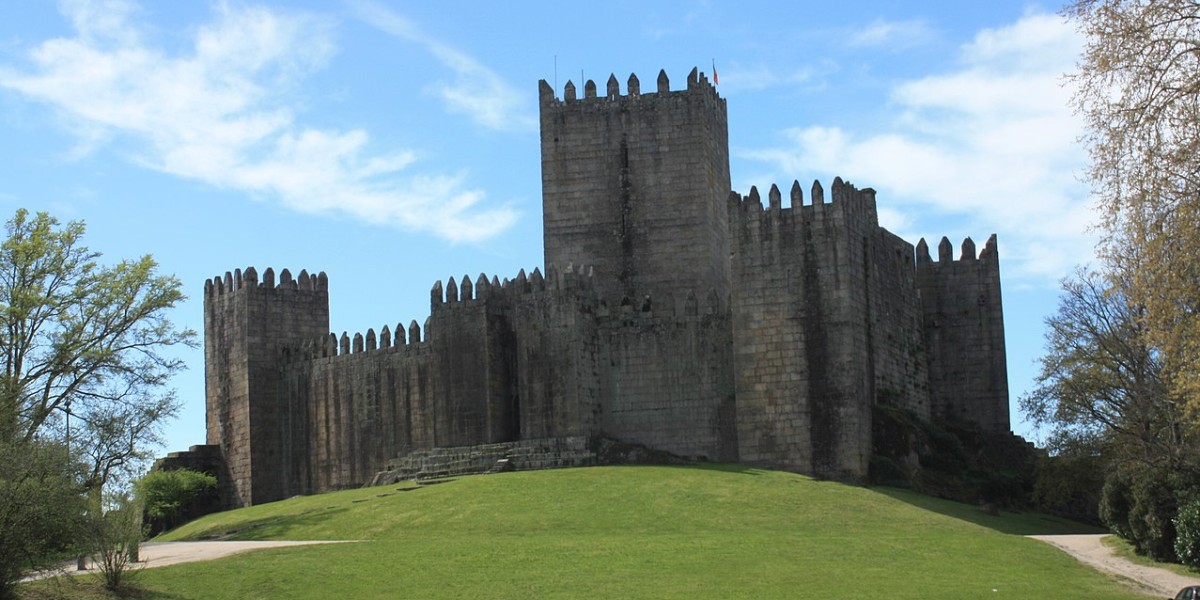
A standout event in June is the Feira Afonsina, held from 20 to 24 June in the historic centre of Guimarães. This medieval fair transforms the city into a living history scene, with historical reenactments, traditional crafts and regional gastronomy. During the festivities, it’s common to see both locals and visitors dressed in period costume, fully immersed in the atmosphere of the time.
Guimarães also celebrates Portugal’s First Day (Dia Um de Portugal) on 14 June — a significant date that highlights the city’s role as the birthplace of the nation. The occasion is marked by cultural events and activities for all ages.
For contemporary culture, the Vila Flor Cultural Centre hosts a varied programme of music, theatre and exhibitions, serving as a key venue for the city's modern artistic scene. Don’t miss the José de Guimarães International Arts Centre (CIAJG), where African, Asian and European art come together in thought-provoking collections.
For panoramic views of the city, the Guimarães Cable Car takes you up to Monte da Penha, where you can enjoy walking trails, picnic areas and visit the impressive Penha Sanctuary — all surrounded by nature.
Tomar
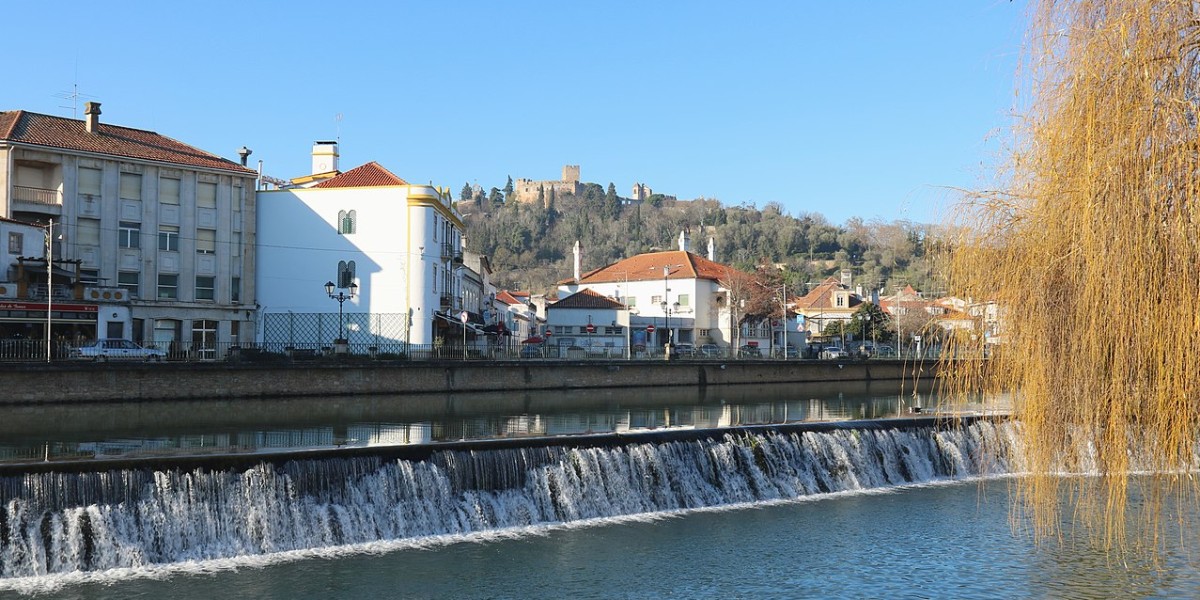
Between 14 and 15 June, Tomar hosts the Wellness Weekend, a dedicated event focused on wellbeing, featuring activities such as yoga, meditation and health and balance workshops. Then, on 21 and 22 June, the Comendatio Music Fest takes place at Paço da Comenda — a progressive music festival attracting artists and fans from around the world.
Beyond its lively events, Tomar boasts remarkable historical heritage. The Convent of Christ, a UNESCO World Heritage site, is a must-visit, renowned for its stunning architecture that blends Romanesque, Gothic, Manueline and Renaissance styles. The Tomar Synagogue, Portugal’s oldest, located in the former Jewish quarter, now houses the Abraão Zacuto Luso-Hebraic Museum.
For some relaxation, the Sete Montes National Forest offers walking trails and picnic areas right in the heart of the city — perfect for unwinding amid nature.
Viseu
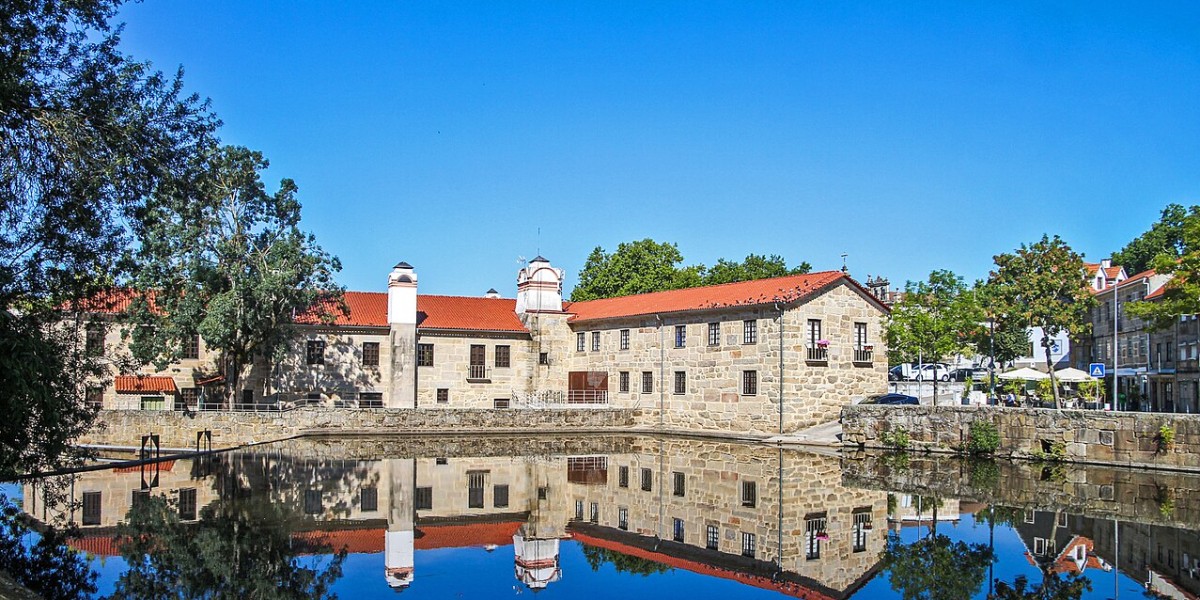
Until 7 June, the city hosts the 24th Young and Amateur Theatre Festival, featuring 21 original plays performed by local groups at the Mirita Casimiro Auditorium. On the same day, the Viseu Wine Summer Fest celebrates the region’s wines with live music and traditional flavours. Additionally, the exhibition “Entrelinhas” by cartoonist António Antunes is on display at the D. Miguel da Silva Municipal Library until 21 June.
For those who enjoy being immersed in nature and history, Viseu offers plenty to explore. The Ecopista do Dão, stretching 49 kilometres, is perfect for cycling or walking through beautiful landscapes. The Fontelo Park, with its historic gardens and leisure areas, invites visitors to relax and unwind. In the historic centre, the Sé Cathedral and the Grão Vasco Museum stand out for their architectural and artistic significance. For a deeper dive into local traditions, the Quartz Museum on Monte de Santa Luzia offers an interactive experience centred on this fascinating mineral.
Rural tourism in Portugal
Rural tourism in Portugal takes on a special charm during June, when nature is at its peak and the mild climate invites you to explore peaceful landscapes. From north to south, the country boasts a wide network of rural accommodations, farm estates, country houses and agritourism venues, offering an authentic connection to the land, warm hospitality and local flavours. Here are three unmissable destinations that blend countryside tranquillity with rich Portuguese culture.
Piódão
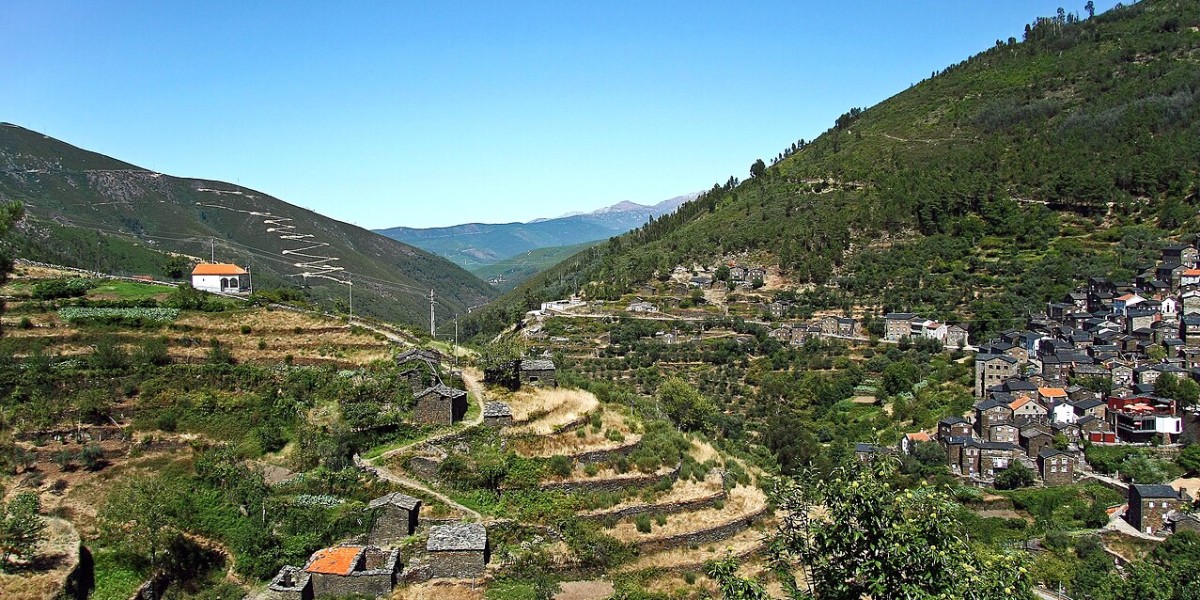
In June, Piódão — known as the “nativity village” of the Serra do Açor — offers a peaceful opportunity to wander its narrow schist streets, thanks to the mild climate. The village’s unique architecture stands out, with its distinctive houses featuring blue doors and windows. Highlights include the 18th-century Church of Our Lady of the Conception and the Piódão Museum.
Just a few kilometres away, the Foz d’Égua Riverside Beach invites visitors to relax and enjoy nature.
This month also marks the start of local events, notably the “Estrada Real: A Long Walk” initiative organised by Aldeias de Memória. This celebration of local heritage and traditions features cultural and community activities that bring the village’s rich history to life.
Vila Nova de Foz Côa
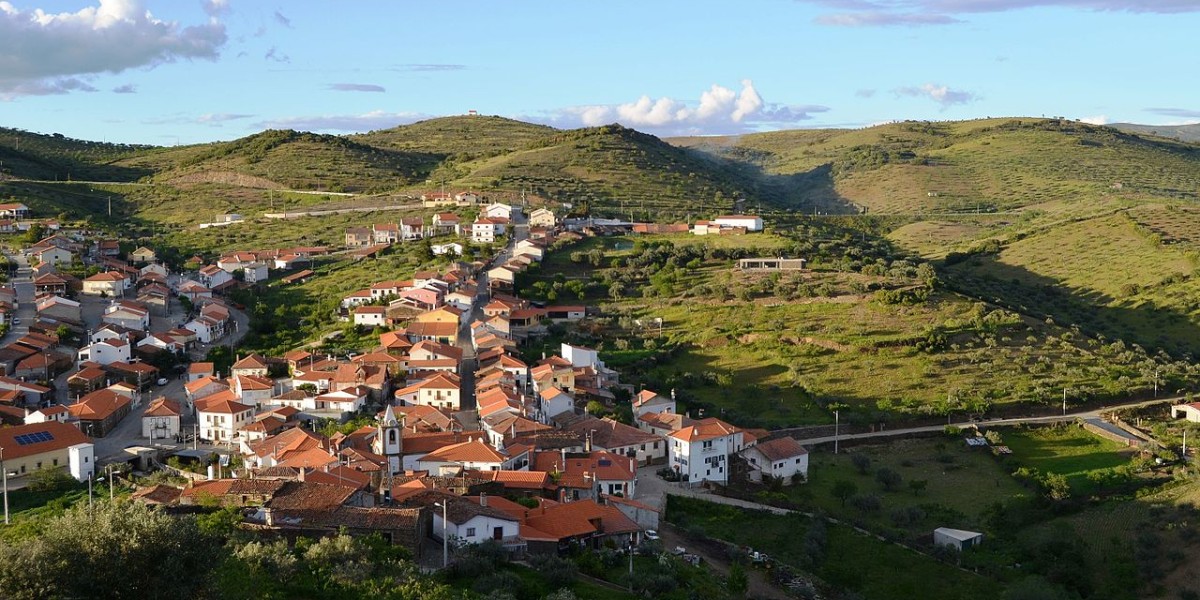
A visit to the Vale do Côa Archaeological Park is an absolute must. Its remarkable open-air rock engravings are recognised as a UNESCO World Heritage site. The nearby Côa Museum complements the experience by providing an in-depth look at the region’s Paleolithic art.
The area also boasts a diverse historical heritage, with landmarks such as the Pillory of Vila Nova de Foz Côa, the Church of Our Lady of Pranto, and the Numão Castle, all bearing witness to the region’s long and varied history. Wine lovers will appreciate the local estates offering tastings of Superior Douro wines, allowing visitors to savour the flavours of this renowned wine-producing area.
Sertã
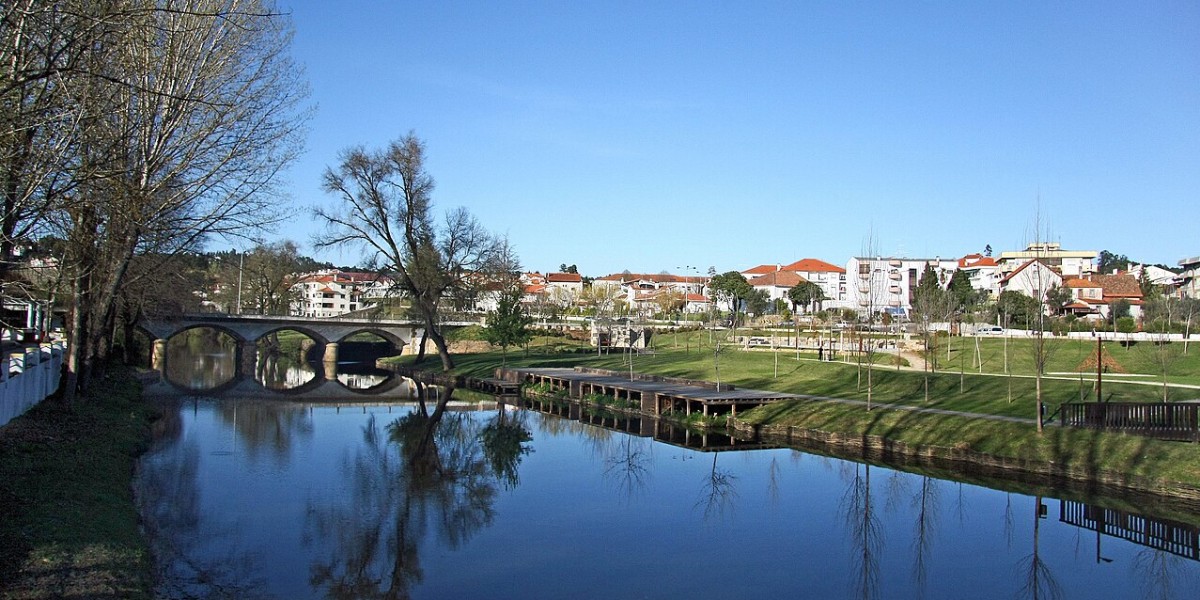
The month begins with the “A Dois Passos do Paraíso” Hiking Festival, running throughout June. This event offers themed guided trails led by experts, giving you the chance to explore the local biodiversity and heritage. Between 10 and 16 June, the Cortiçada Art Fest brings the village to life with exhibitions, performances and workshops showcasing contemporary art. The month concludes with the Festa in Honour of São Pedro, celebrated over the final weekend and continuing until 6 July.
Beyond the events, Sertã stands out for its rich heritage. The Sertã Castle, dating back to the 10th century, offers panoramic views over the village. The Church of São Pedro, from the 15th century, is noted for its Gothic arches and beautiful azulejos. The Carvalha Bridge, built in the Philippine style, crosses the Sertã stream and makes for a lovely spot to stroll.
Riverside beaches like Malhadal provide opportunities to relax and connect with nature. Walking trails and natural viewpoints allow you to explore the largest forested area in Europe that surrounds the region.

